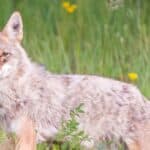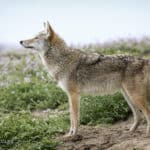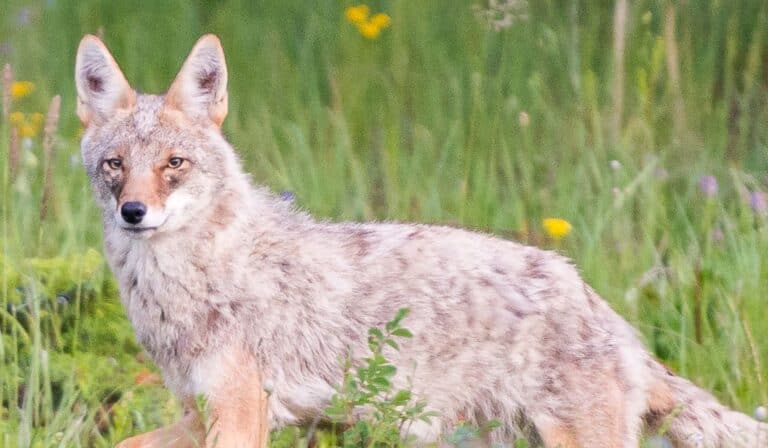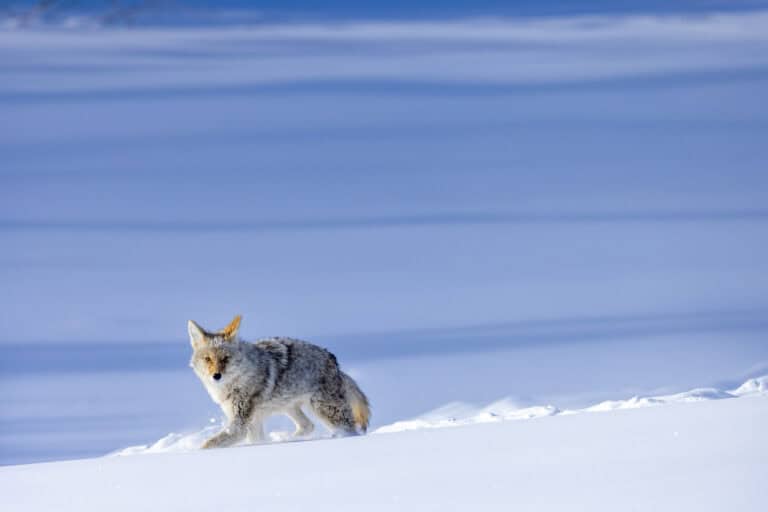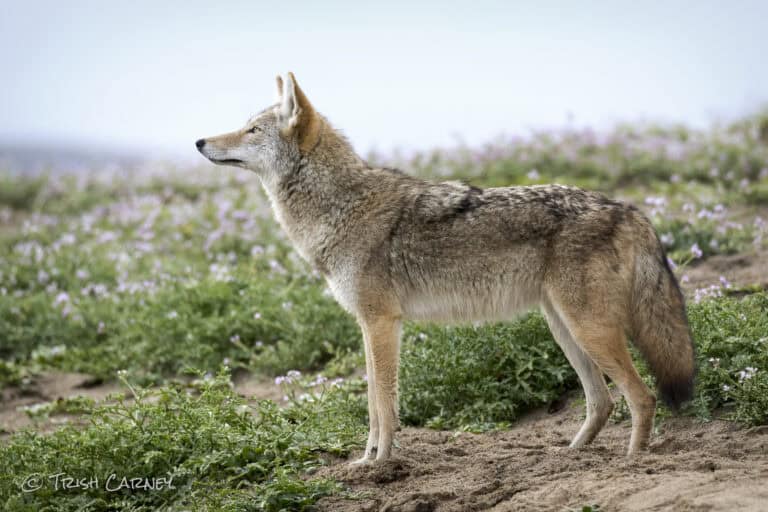After anti-government protesters took over Oregon’s Malheur National Wildlife Refuge earlier this month to support two ranchers convicted of arson, it emerged that the convicts, Steven and Dwight Hammonds, had received thousands of dollars in financial support from the federal government. The public aid included the killing of five coyotes by a US Department of Agriculture (USDA) agent on Steven Hammonds’s ranch, to the tune of more than $11,000, according to documents obtained by Reveal News.
